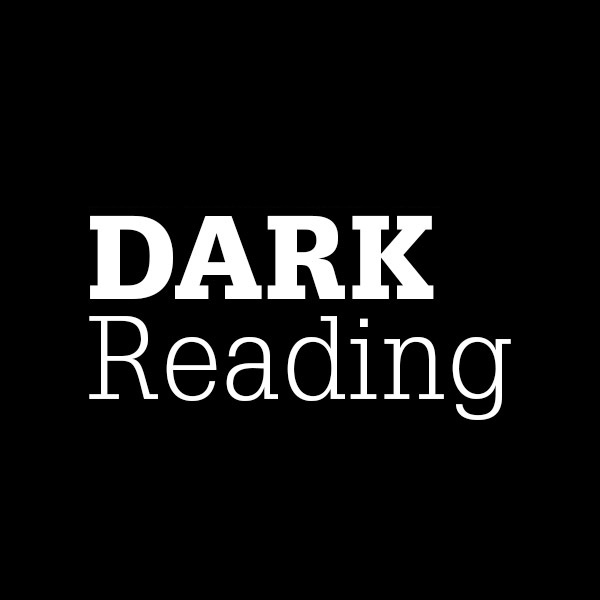Mobile Anti-Malware Market Potential Growing Significant Business Opportunities by Top Companies by 2027 – The Monitor

New Jersey, United States,- Mobile Anti-Malware Market Report 2020 offers extremely weird professional analysis and forecasts from 2020 to 2027. The report also covers the market share, size, profit, and economic process of the market. It also includes the strategic identification of the main market players and the analysis of their basic skills and methods. The Mobile Anti-Malware market report analyzes the information collected and integrated with the help of advanced analysis techniques and trusted sources across various industries.
An in-depth assessment of the restraint systems contained in Report Mobile Anti-Malware shows the difference for drivers and provides space for strategic planning. Features that overshadow the evolution of the Mobile Anti-Malware market are essential. We understand that they develop different curves to take advantage of the profitable prospects that exist in a market that is still growing. In addition, the perceptions of market experts have been used to better understand the market.
Request Sample Copy of this Report @ Mobile Anti-Malware Market Size
[Due to the pandemic, we have included a special section on the Impact of COVID 19 on the market which would mention How the Covid-19 is Affecting the Mobile Anti-Malware Market]
In market segmentation by manufacturers, the report covers the following companies-
- Sophos
- Kaspersky Lab
- Mcafee
- Symantec Corporation
- AVG Technologies
- Avast Software S.R.O.
- Bitdefender
- ESET
- Spol. S.R.O.
- Lookout
- Malwarebytes Corporation
How to overcome obstacles for the septennial 2020-2027 using the Global Mobile Anti-Malware market report?
Presently, going to the main part-outside elements. Porter’s five powers are the main components to be thought of while moving into new business markets. The customers get the opportunity to use the approaches to plan the field-tested strategies without any preparation for the impending monetary years.
We have faith in our services and the data we share with our esteemed customers. In this way, we have done long periods of examination and top to bottom investigation of the Global Mobile Anti-Malware market to give out profound bits of knowledge about the Global Mobile…



